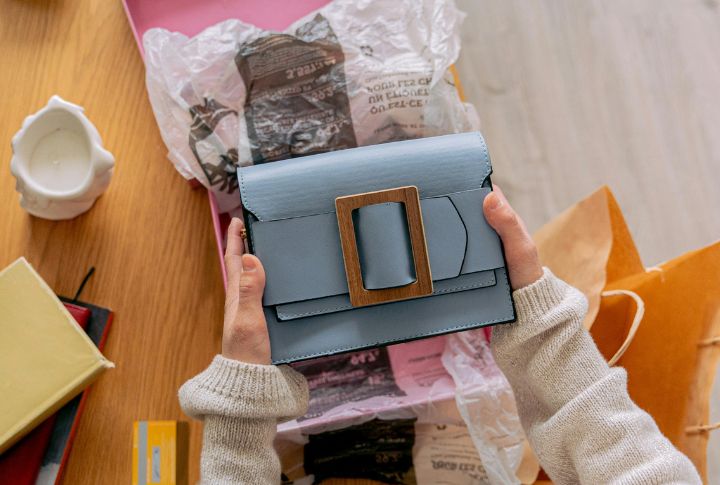
Luxury handbags may look glamorous on the surface, but today’s copies are smarter and harder to spot than ever. A flawless logo, a tempting price, or even a soft dust bag can fool the eye. This is why knowing what tiny details to trust can save you from a thousand-dollar mistake. Here are 10 expert-backed clues to help you spot the fakes before they hit your arm.
Wonky Stitching
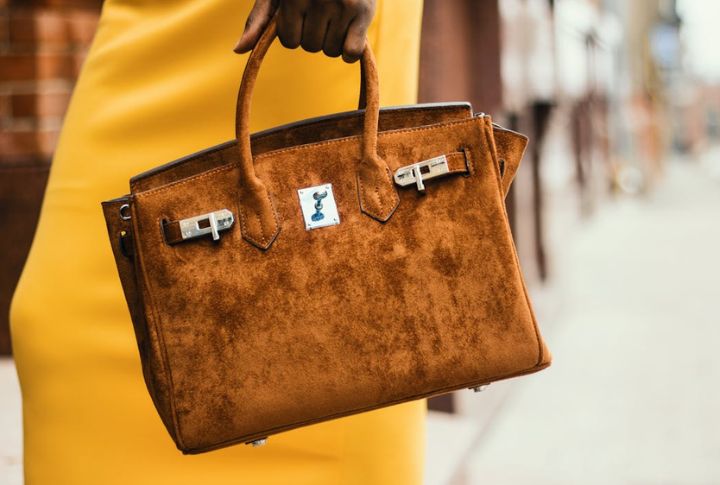
Ever seen a bag that looks like it got stitched up in the backseat of a moving car? That’s your cue. Real designer bags have consistent stitching—tight and evenly spaced. Hermes literally counts stitches. Some fakes go overboard, thinking more thread equals more luxe. It doesn’t, so don’t fall for it.
Serial Numbers That Aren’t Traceable
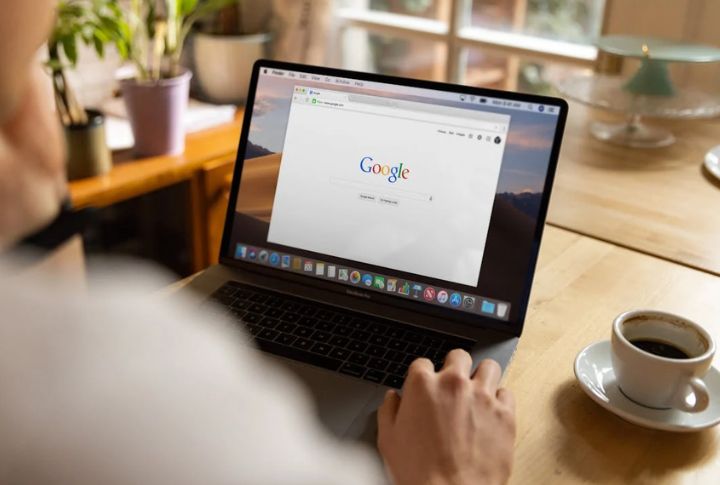
While not every bag’s serial number will appear online, most designer codes are trackable or at least verifiable by style. If a search leads nowhere, or worse, shows unrelated items, it may be a fake. Be aware: Louis Vuitton changed its serial format in 2021, and many knockoffs haven’t kept up.
Logo Letters That Don’t Quite Touch
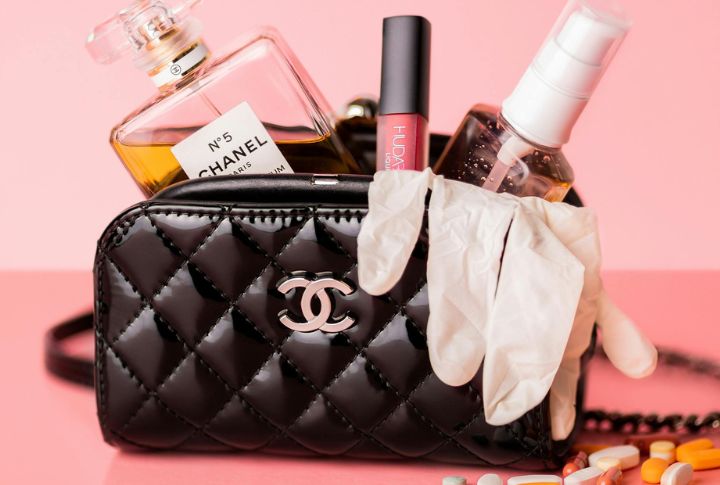
Luxury logos are precisely crafted, with exact spacing and alignment. Chanel’s interlocking Cs, for instance, are measured to the millimeter. When letters drift apart or appear thicker, it’s a sign that something’s off. Many frauds think bold logos look expensive, but for true luxury brands, accuracy is far more important than bulk.
A Zipper Pull That’s Too Shiny
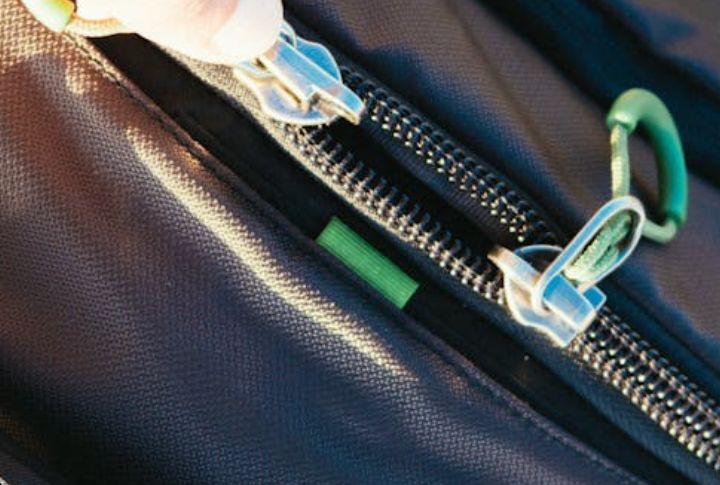
Not all shiny hardware is suspicious, but on luxury bags, the zipper pull shouldn’t dazzle like costume jewelry. Designers favor plated metals with a matte, weighty feel. On the other hand, cheaper fakes often use lightweight chrome finishes. Stamped names like YKK or Lampo on the zipper may confirm the hardware’s authenticity.
Lining That’s Loud And Loose
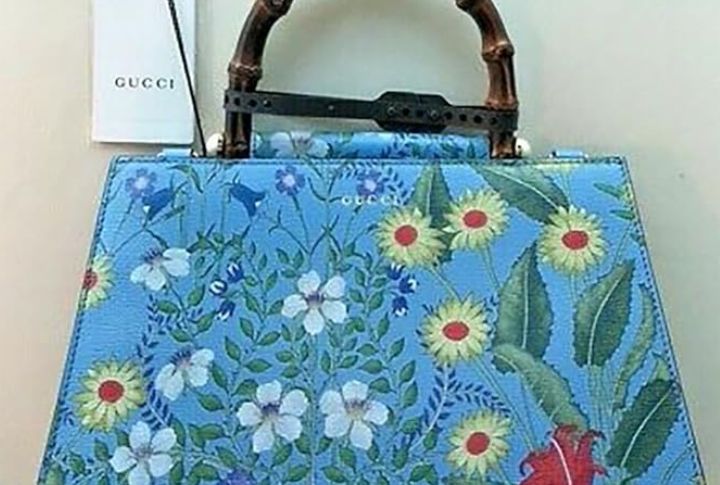
Designer bags typically feature smooth, high-quality fabrics such as silk or suede inside. If the lining feels rough, looks overly shiny, or seems cheaply made, that’s a red flag. Uneven seams or messy stitching on the inside also often reveal a counterfeit, regardless of how the exterior appears.
Handles That Flop Like Spaghetti

Handles aren’t just for carrying—they’re for verifying. Authentic luxury bags use reinforced construction to preserve shape for decades. If the straps flop or fold without resistance, it’s likely a fake. Dior’s vintage pieces are proof: their handles still stand tall after 20 years. Flimsy straps? Walk away.
Dust Bags That Feel Like Bedsheets
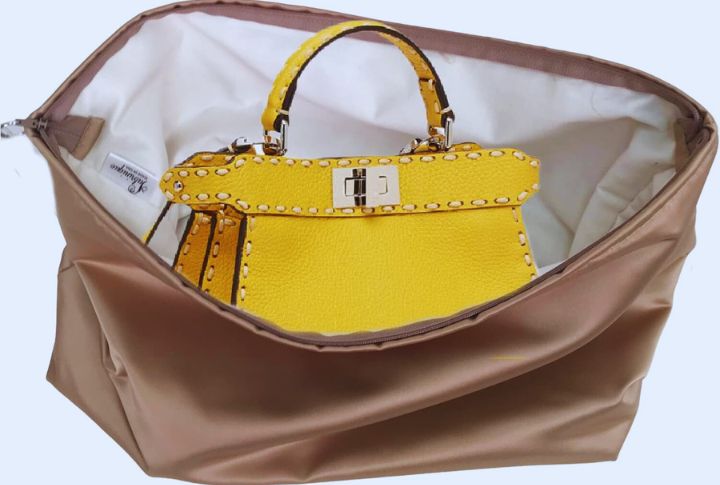
Authentic luxury dust bags are crafted from premium fabrics such as jersey-knit cotton, as seen with Chanel. The material is thick and soft, and the branding is precisely printed. Copies often include thin polyester versions, featuring low-grade rayon blends and poorly rendered logos, both strong indicators of inauthentic packaging.
Weight That Feels Suspiciously Light
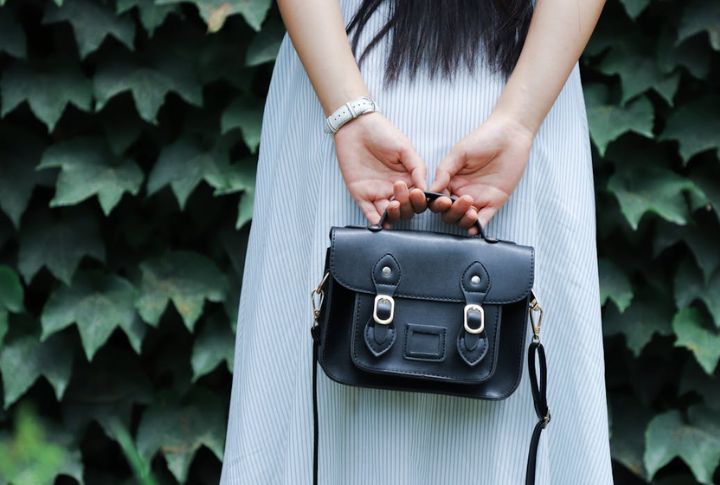
Weight is a key indicator of authenticity. Premium handbags incorporate dense linings and high-quality leather, resulting in noticeable heft. Fakes frequently feel too light, a consequence of cheaper materials and reduced shipping weight. For reference, an empty Givenchy Antigona can weigh approximately 1.2 pounds.
A Price That’s Too “Perfect”
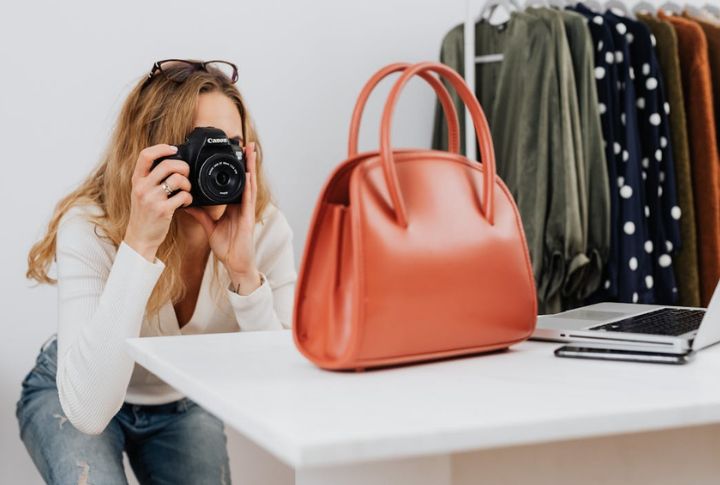
Check the price. If it’s too clean, like $1,000 on the dot, that’s a warning sign, as real secondhand luxury prices rarely land on perfect figures. They shift with subtle details, such as year, condition, demand, season, and style. Expert resellers account for these. Fraudsters, on the other hand, often choose rounded prices to mirror listing trends, not actual value.
A “Made In Italy” Stamp That Missed Class
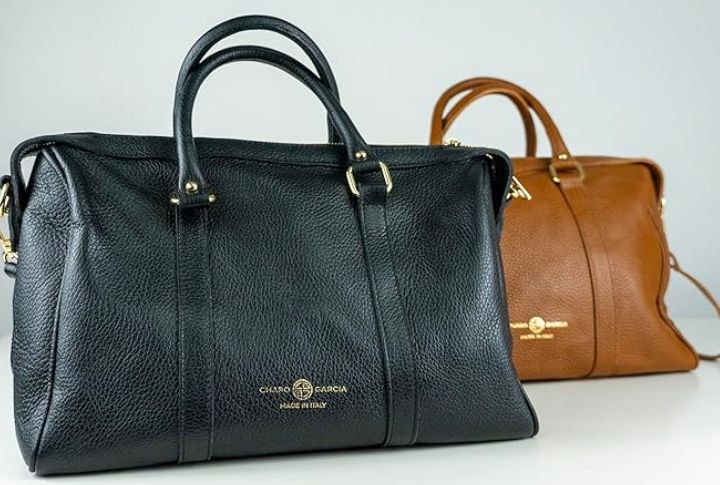
Genuine luxury handbags feature consistently aligned “Made in Italy” stamps, with regulated font and embossing depth. Inconsistencies, such as weak impressions, off-center text, or incorrect spelling, are key indicators of fake goods. Some even botch the spelling entirely, turning “Italy” into “Itly.”
